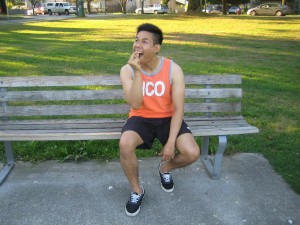Overview Of Cold Sores
- Cold sores, occasionally referred to as fever blisters, are clusters of tiny blisters the form on the lip and mouth.
- The skin surrounding the blisters is usually red, inflamed, and painful. The blisters could break, a clear fluid might discharge, and then a scab will start to form. They generally heal within a few days and even up to two weeks.
Causes Of Cold Sores
- Cold sores or fever blisters are produced by the herpes simplex virus
Cold sores, occasionally referred to as fever blisters, are clusters of tiny blisters the form on the lip and mouth. - The herpes simplex virus generally penetrates the body through a crack in the skin in or surrounding the mouth.
- It is generally transmitted when an individual touches a fever blister or comes into contact with infected fluid—including kissing an infected individual or coming into contact with that person’s spit.
- Parents who have cold sores usually transmit the infection to their child in this way.
Symptoms Of Cold Sores
- The initial symptoms of cold sores might consist of pain surrounding your mouth, lips, a high fever, a painful throat, or inflamed glands.
- Small kids occasionally salivate before cold sores appear.
- Once the blisters emerge, the cold sores generally crack open, discharge a fluid, and then a scab will start to form and should fade within in two weeks.
- For some individuals, cold sores can be very sore.
Prevention Of Cold Sores
There are a few methods you can apply stop you from getting the herpes simplex virus.
- Don’t come into contact with infected fluids, like kissing a person who is infected with the virus.
- Don’t share cutlery, cups, or other things that an individual with a cold sore might have used.
There are a few things you can do to decrease the number of blisters and to stop spreading the virus.
- Stay away from the things that activate your cold sores, such as anxiety or the flu.
- If you have a cold sore, always wash your hands.

